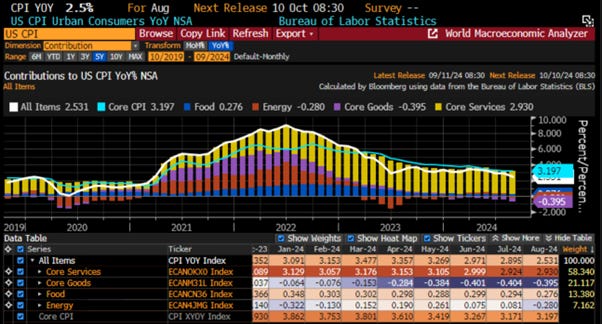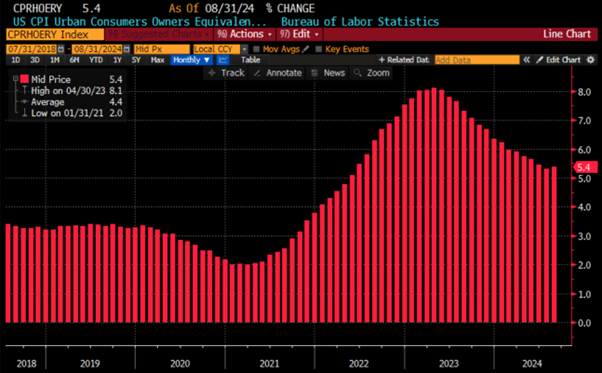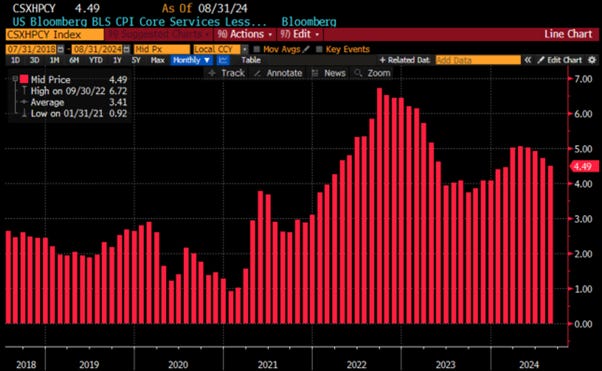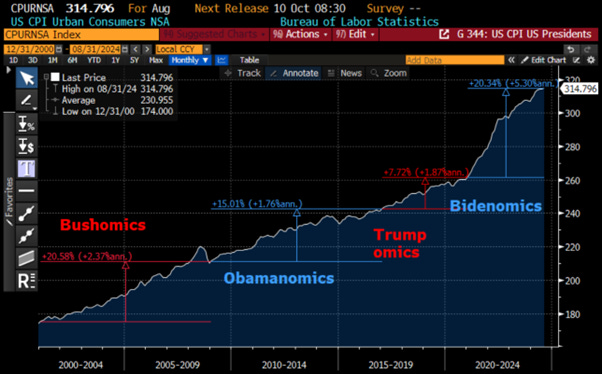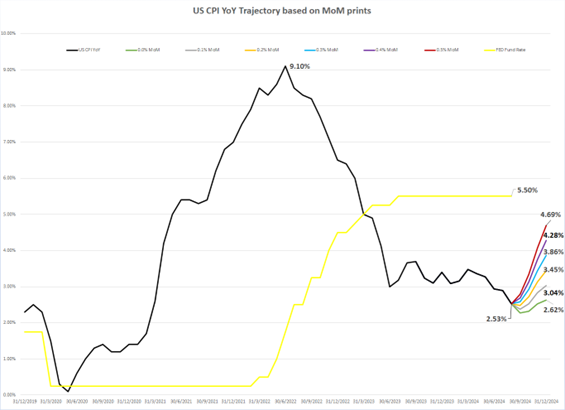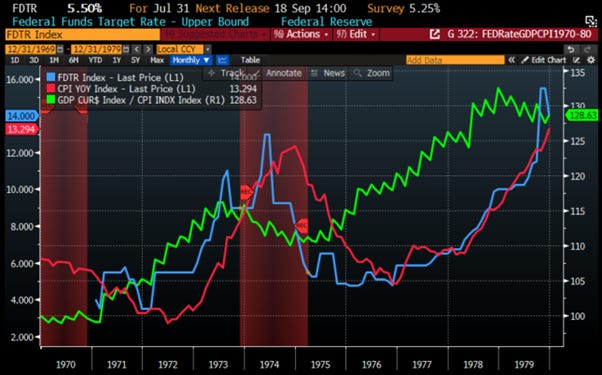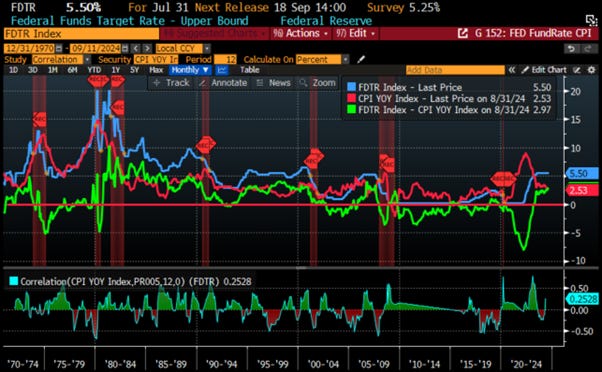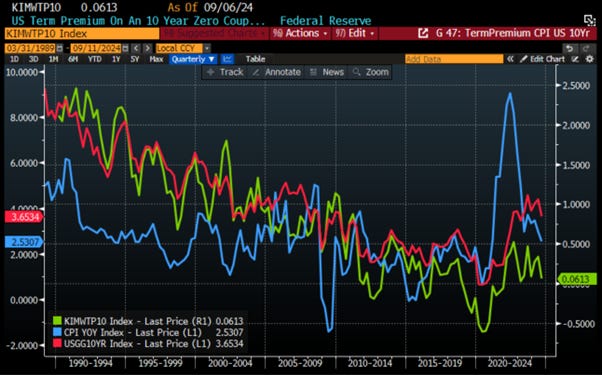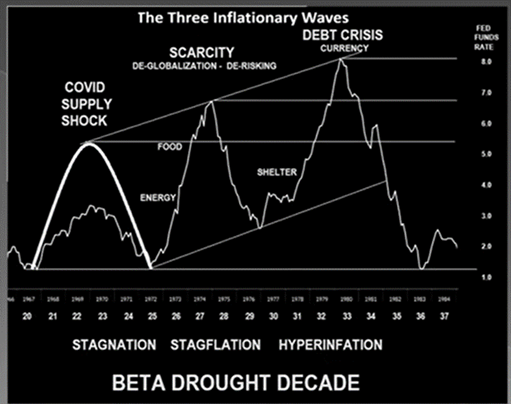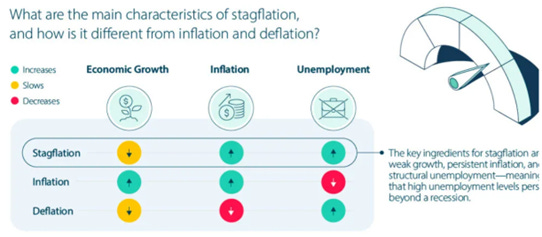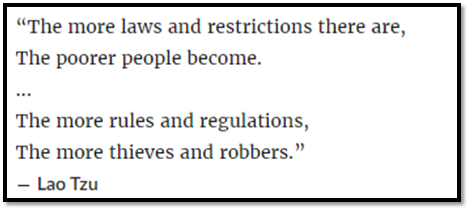The Disinflationary Illusion Is Over…
What’s behind the numbers?
Following the cooling of inflation pressures over the second quarter and an in-line July CPI, August’s headline CPI was also broadly in line with expectations, rising 0.2% MoM. Year-over-year, the headline CPI rose by 2.5%, in line with consensus and lower than the +2.9% YoY change in July, thanks to another month of favourable base effects.
Under the hood, the food index increased at the same rate as the previous month of 0.2% over the past year, while energy and core goods recorded a negative -0.28% YoY and -0.39% YoY, respectively, while core services, which make up 58% of the headline CPI, grew 2.93% YoY.
The core CPI rose by +0.3% MoM, above the expected +0.2% and one tick higher than in July. On a YoY basis, due to a favourable base effect, core CPI increased by 3.2%, rising at a similar pace as in July. Under the hood, core services are still rising at a +3.7% YoY pace, well above what should be seen as a sign that the stickiness of core inflation in services is a thing of the past. For the record, this was the 51st straight month of MoM increases in core CPI.
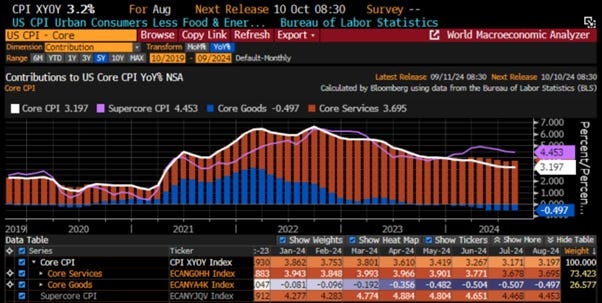
Owners' Equivalent Rent (OER) which remains the major indicator of inflationary stickiness reaccelerated on MoM basis from +0.36% MoM in July to +0.49% in August. On a yearly basis, this translated into a +5.4% YoY pace, up one tick from July yearly change and suggesting once again that the June MoM drop was an anomaly in the statistical series.
A data point that should also concern the FED Chairman, who declared ‘mission accomplished’ in his fight against inflation, is the Super Core CPI, which reaccelerated on a MoM basis from +0.21% in July to +0.33% in August. Due to prevailing favourable base effects, it decelerated further from 4.73% YoY to 4.49%. However, it remains at its most elevated level since February 2023 and is still well above the now phantasmagorical 2% inflation target.
Thoughts.
After a series of hot CPI prints in Q1 2024 and cooling CPI in the second quarter, the third quarter continued to show signs that the illusion of disinflation is over, as core CPI and shelter-related subindices are driving the return of the inflation boomerang, already translating into a reacceleration at the core levels. While some may still believe in the data delivered by the "CP-Lie" and fail to understand the concept of base effects, the reality, as Biden recently admitted, is that the Inflation Reduction Act was never about reducing inflation but about implementing another round of Keynesian policies, which, much like the Affordable Care Act, has added to inflation-driven misery for consumers and investors. In fact, the less than 4-year Biden's presidency has shown a similar inflationary increase to what was recorded under George Bush Jr.'s two terms from 2000 to 2008.
Instead of spreading the illusion that the 2% target is achievable sooner rather than later and proclaiming ‘mission accomplished’ in the fight against inflation, investors with a basic understanding of mathematics will arrive at three simple conclusions:
A return to 2.0% is almost impossible in 2024. Even if the CPI prints a 0.0% MoM for the rest of the year, the YoY change will end at 2.62% as the disinflationary base effect stops by the last quarter of the year.
If a 0.1% MoM change comes back for the rest of the year, as it was in Q2, the CPI YoY change will end 2024 at 3.04%.
If the MoM change reaches 0.2% or higher, which has been the case over the past 2 months and could happen easily if oil and commodity prices rebound further as supply chains constraints spread to the US with the forever wars spreading deeper, the YoY change will end the year between 3.5% and 4.7%.
While politicians and central bankers are taking a victory lap for 2.5% headline inflation (hedonically adjusted and frequently revised), few are noticing that the official inflation target is quietly being raised from 2% to 3% or even higher, as the US heads into a decade of broken dreams similar to the 1970s. For investors who did not experience the 1970s, it was a decade during which the FED raised the FED Funds rate from 4.75% in December 1969 to 14% by the end of the decade, despite frequent policy flip-flopping, similar to what is expected to happen on September 18th. Over the 1970s, the FED initiated four interest rate cut cycles during that 'lost decade.' These shifts caused the CPI YoY change to fluctuate, moving from over 6% in 1970 to 2.7% in 1972, then spiking to 12.3% YoY by the end of 1974, before declining to 4.9% by the end of 1976, followed by another wave of inflation for the remainder of the decade. Economic growth was also mediocre, with the US economy expanding by only 28% over the decade when adjusted for inflation.
FED Fund Rate (blue line); US CPY YoY Change (red line); US GDP adjusted by inflation (green line; rebased at 100 as of December 31st, 1969) (from December 1969 till December 1979).
At the end of the day, before popping the champagne and declaring inflation a thing of the past, investors must remember that historically, inflation moves in waves. The 2020s resemble the 1970s, with geopolitical unrest (i.e., wars) and structural inflation related to tighter regulations (associated with the climate change scam and the ludicrous Diversity, Equity, and Inclusion narrative) that are constraining supply.
US CPI YoY Change between 1970 and 1979 (blue line); between 2017 and 2027 (red line).
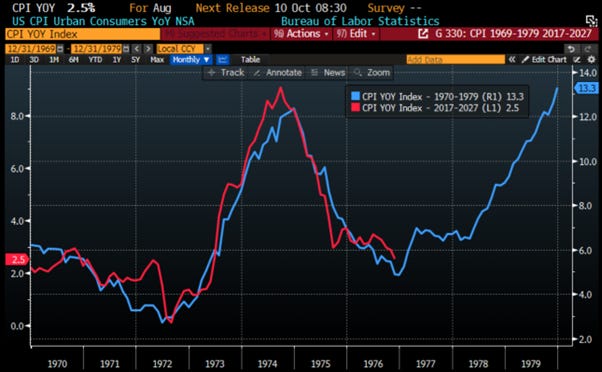
Therefore, the 2% target is now at best a floor rather than a ceiling or average. This means that in a 3%-4% inflation environment, a 5% interest rate is far from being restrictive.
FED Fund Rate (blue line); US CPI YoY change (red line); Spread between FED Fund Rate & US CPI YoY Change (green line) and correlation.
While the impotent FED Chairman announced, ‘mission accomplished’ in Jackson Hole, this signifies that the FED has opted for the high road in the ‘inflation fork.’ Regardless of who occupies the White House in January 2025, with fiscal dominance rather than fiscal profligacy expected to define the next four years, it means that the term premium and, ultimately, long-dated yields have only one direction to go: UP.
US CPI YoY change (blue line); US 10-Year Yield (red line); US Term Premium on a 10-Year Zero Coupon (green line).
By now, savvy investors should have understood that the disinflation seen throughout Q2 had a flavour of "déjà vu all over again." With the Fed having ‘casually capitulated’ on its 2% inflation target and embracing the political and Wall Street narrative that a rate cut is needed in September, the US will likely see inflation reaccelerate, much like in the 1970s, once the political circus around the White House is over. In this context, Jerome Powell will be remembered as the Arthur Burns of the 21st century. This second wave will push deeper the US into the ‘inflationary bust’ phase of the business cycle (i.e., stagflation). This means people will buy even less for even more, and this environment will be painful for those still blindly following Wall Street's ‘Forward Confusion’ narrative of seeking refuge into fixed income and government bonds.
Those who believe that ‘Kamunism’ will solve the inflation problem are in for a rude awakening, as price controls, taxes on unrealized gains, and further uneconomical spending on the climate change scam and DEI fantasies will only lead to more inflation-driven misery.
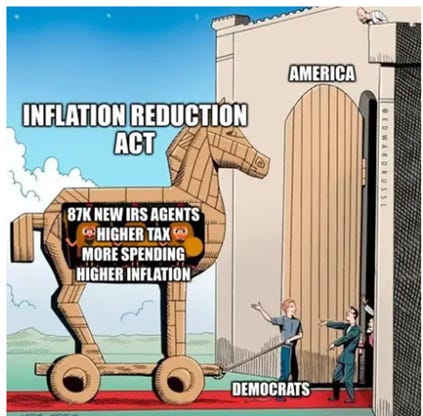
Finally, combining this latest ‘CPLie’ report with the August non-farm payroll report, which showed that the 24,000 jobs shed by the US manufacturing sector were counterbalanced by the creation of 24,000 positions in the government sector, jobs that will not contribute to GDP but will keep growing the national debt, the US, like other Western countries, is entering a period where the inflation rate will be higher than economic growth. This is ultimately what is called STAGFLATION and will be painful for investors who are not prepared for this scenario.
Bottom line: Any savvy investor knows that it is far too early to declare that we have seen the trough in US CPI for this business cycle. While the pace of inflation has come down, it has just reaccelerated at the core level, meaning that it is only a matter of time before the headline index rebounds on a yearly basis as the favourable base effect fades. Additionally, with geopolitical and social unrest both domestically and abroad lying ahead, stagflation which may have already spread across the US economy will only get worst in the coming quarters. Similar to the 1970s, marked by geopolitical turmoil and wars, holding equities and hard assets (such as physical gold) in limited supply, rather than long-dated bonds, appears to be the most effective strategy for staying wealthy in a time of rising taxes, regardless of who occupies the White House.
While some think that the solution is more government interventions, price controls, and taxes on unrealized gains, the reality is that any Keynesian policy, especially its most extreme forms, like ‘Kamunism’, leads to more laws and restrictions. As the Taoist wisdom highlighted centuries ago, ‘The more laws and restrictions there are, the poorer people become.’
Read more and discover how to position your portfolio here: https://themacrobutler.substack.com/p/the-disinflationary-illusion-is-o…
If this report has inspired you to invest in gold and silver, consider Hard Assets Alliance to buy your physical gold:
https://hardassetsalliance.com/?aff=TMB
At The Macro Butler, our mission is to leverage our macro views to provide actionable and investable recommendations to all types of investors. In this regard, we offer two types of portfolios to our paid clients.
The Macro Butler Long/Short Portfolio is a dynamic and trading portfolio designed to invest in individual securities, aligning with our strategic and tactical investment recommendations.
The Macro Butler Strategic Portfolio consists of 20 ETFs (long only) and serves as the foundation for a multi-asset portfolio that reflects our long-term macro views.
Investors interested in obtaining more information about the Macro Butler Long/Short and Strategic portfolios can contact us at info@themacrobutler.com.
Unlock Your Financial Success with the Macro Butler!
Disclaimer
The content provided in this newsletter is for general information purposes only. No information, materials, services, and other content provided in this post constitute solicitation, recommendation, endorsement or any financial, investment, or other advice.
Seek independent professional consultation in the form of legal, financial, and fiscal advice before making any investment decisions.
Always perform your own due diligence.
NEVER MISS THE NEWS THAT MATTERS MOST
ZEROHEDGE DIRECTLY TO YOUR INBOX
Receive a daily recap featuring a curated list of must-read stories.



